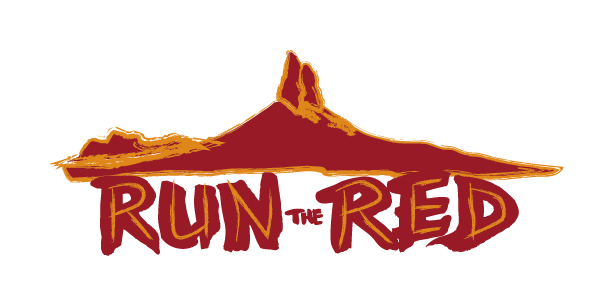Red Desert Driving Tour
Introduction
From towering buttes to intricate badlands, from ribbons of sand dunes to remote springs, the Northern Red Desert is a diverse landscape. Adventurers seeking solitude, families camping for a weekend, and hunters scouting for elk, as well as birders, rock-hounds, artists, horseback riders, and countless others enjoy the ruggedness and open spaces of the Northern Red Desert.
The landscape is rich with the history of the American West, from early Native American petroglyphs to the ruts of the Oregon Trail. It is home to pronghorn and horned lizards — species that thrive on an array of native plants and springs that dot the sagebrush sea. Vast sections of these public lands — administered by the Bureau of Land Management — are largely untouched by humans. So tread lightly and enjoy your time among the buttes and badlands. But beware: you will want to return again and again.
Be Prepared
The Red Desert is wild and remote. Travelers must come prepared:
Start any trip with a full tank of gas and a spare tire.
Let someone know where you are headed and when you plan to return.
We recommend a high-clearance 4-wheel drive vehicle to traverse the dirt roads.
Cell phone service is spotty at best. Don’t count on having a signal.
Bring extra food and water — even if you don’t think you will need it.
We suggest traveling the route between May and October. Road conditions deteriorate quickly, especially when wet.
Expect strong winds and changing temperatures. Dress appropriately.
Stick to numbered BLM and county roads and don’t trust your GPS or Google Maps. There are a number of two-track dirt trails that a GPS will often recognize as a road, but many are unreliable. Use extreme caution driving off main roads.
Watch out for wildlife!
